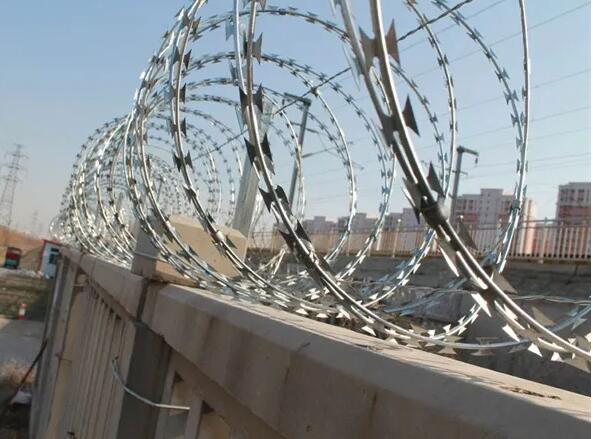Understanding Perforated Mesh Price Factors and Insights
Perforated mesh is a versatile material widely used in various industries for applications ranging from filtration to architectural design. Its appeal lies in its unique combination of strength, lightness, and aesthetic quality. However, one common query that arises is regarding the price of perforated mesh. Understanding the factors that influence perforated mesh prices can help consumers make informed purchasing decisions.
Material Type One of the primary determinants of perforated mesh price is the type of material used. Common materials include stainless steel, aluminum, and plastic. Among these, stainless steel is often the most expensive due to its durability, corrosion resistance, and suitability for harsh environments. Aluminum, while lighter, may be more cost-effective; however, it does not provide the same level of strength. Plastic meshes, on the other hand, are typically the least expensive but may lack the durability required for specific applications.
Hole Size and Pattern The size and pattern of the holes punched into the mesh also play a significant role in pricing. Standard sizes and patterns are generally more affordable due to economies of scale in production. Conversely, custom sizes or intricate patterns may require specialized tooling and processes, consequently increasing the cost. Customers should weigh their specific needs against their budget when considering hole specifications.
perforated mesh price

Thickness and Gauge The thickness of the material influences not only the strength and durability of the mesh but also its price. Thicker materials are usually more expensive because they require more material and may involve more complex manufacturing processes. Customers should consider the requirements of their application before deciding on thickness, as a balance between sturdiness and cost-effectiveness is often necessary.
Manufacturing Process The method of production also affects the cost of perforated mesh. For instance, mesh that is manufactured using advanced techniques such as laser cutting may have a higher price tag compared to traditional punching methods. This is due to the precision and detail that laser cutting offers, allowing for more complex designs.
Order Quantity Finally, the quantity ordered can significantly impact pricing. Bulk orders typically receive discounts, while smaller orders may incur higher per-unit costs. It’s essential to consult with suppliers to identify the best pricing structures for larger purchases.
In conclusion, the price of perforated mesh is influenced by a variety of factors, including material type, hole size and pattern, thickness, manufacturing processes, and order quantity. By carefully assessing these factors, consumers can make strategic decisions that align their budget with their project requirements, ensuring they procure the most suitable perforated mesh for their needs.

















